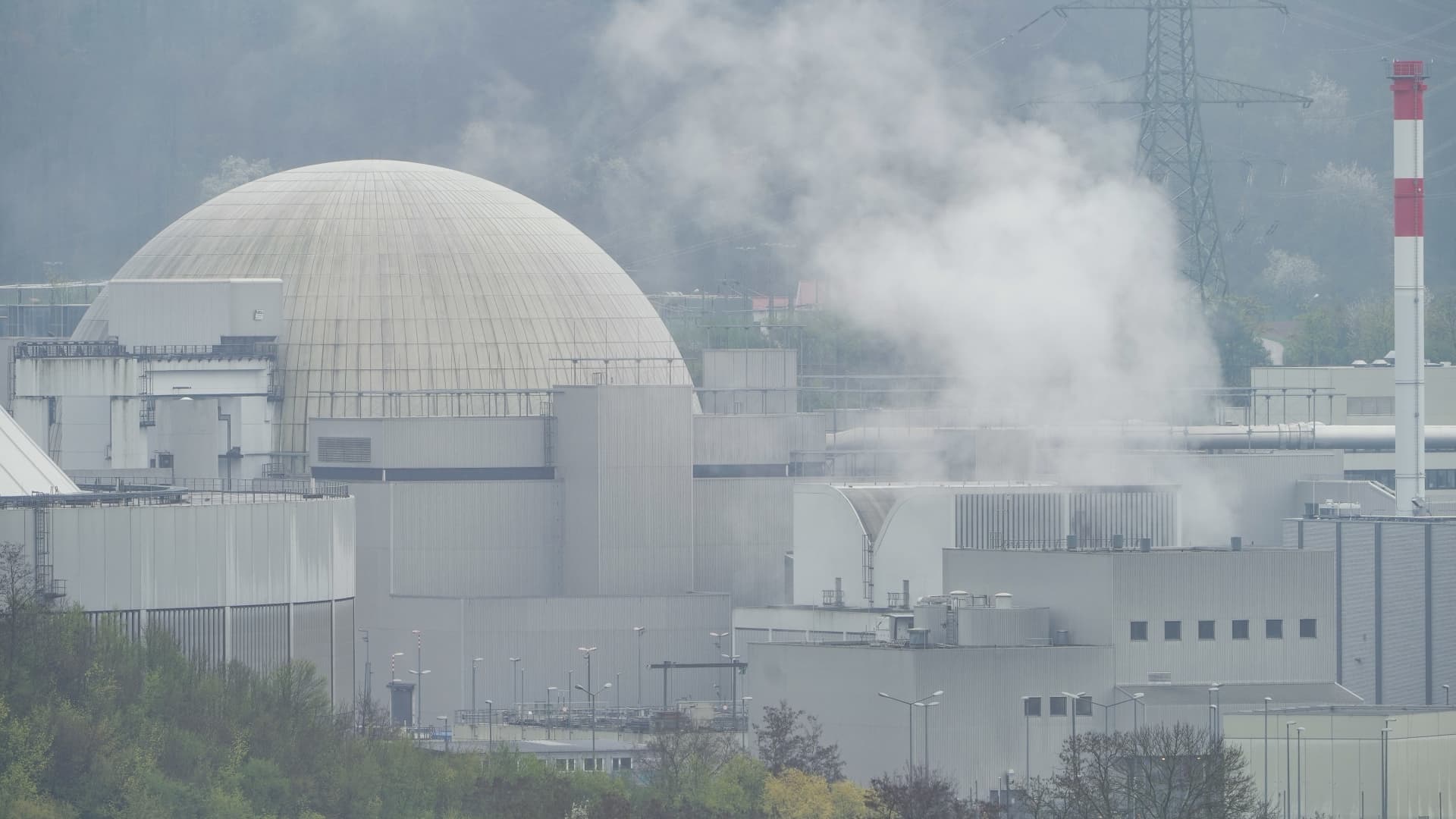A Tesla Powerpack recently stepped in to save the day when a coal-fired plant at the Callide Power Station in Queensland, Australia, exploded. Teslarati reported that the explosion resulted in mass power outages from the border of New South Wales to Cairns, with over 470,000 customers affected. The explosion also caused a cascading impact on the Queensland grid.
After the ensuing chaos, the Hornsdale Power Reserve, a Tesla Powerpack system in South Australia, stepped in. The reserve was recently expanded to 150 MW/194 MWh. Teslarati noted that the ginormous battery was able to immediately respond to the widespread power interruptions and took a quick dive into some of the battery’s new tools. These tools include the capability to provide synthetic inertia, which allows the battery to help slow down the rate of frequency changes that happen as a result of dramatic events — such as a coal plant explosion knocking out electricity over a wide area.
Renew Economy reported that the Hornsdale Power Reserve responded instantaneously as the frequency in the grid dropped to a low of 49.6 Hz before rising up to 50.1 Hz as the load was lost. The battery was able to do this in just two seconds. Think about this for a moment –– it took two seconds for a Tesla Powerpack to respond to a national crisis. We need more of these around the world.
The Hornsdale Power Reserve is owned by Neoen, a French renewable company. “This shows that the virtual inertia mode hopes to catch these things even earlier,” Neoen’s Head of Development, Garth Heron, said. “This is the future.”
At a webinar hosted by the Australian Renewable Energy Agency, Behrooz Bahrani from Monash University spoke on the topic of grid-forming inverters — and where the Hornsdale results were prevented — noting that it was clear that battery storage can provide inertia and “system strength.” He pointed out that grid operators needed to think beyond old parameters. “We need to go beyond synchronous generators,” he said. “We need to think what else the batteries can do and not just focus on mimicking synchronous generators.”
Heron said that it was clear from the tests at the Hornsdale Battery that inverter-based technologies can deliver the same inertia responses as synchronous machines that are twice their size. The article noted that he reinforced the fact that battery storage has several layers of skills and services. Some of these are not recognized by the market yet, but the trick is to get a control system that delivers the right response from the battery under all situations.
Josef Tadich, senior manager of engineering at Tesla, hosted the webinar and said that batteries can be customized for specific network conditions. This particular response was provided in parallel with traditional primary frequency control, energy market dispatch, and black start services. In a LinkedIn post, Tadich wrote:
“We have been hard at work over the last few months to implement Virtual Machine Mode (VMM) at the 150MW Hornsdale Power Reserve. The silver lining of the recent ‘Callide’ Generator contingency event provided a useful dataset to assess the real-life response of our inverters: a Rate of Change of Frequency (RoCoF) of around 0.2 Hz/s in decline and frequency nadir of close to 49.6Hz.
“As Giles Parkinson was quick to point out in the data, VMM mimics the response of a synchronous generator and provides an inertial response resisting the change in RoCoF, injecting power during the decline of frequency to minimize the nadir and stabilize the transition to Primary Frequency Control recovery to the Normal Operating Frequency Band (NOFB). VMM also provides a voltage-smoothing function to resist change in the underlying voltage waveform, effectively providing a source of system strength.
“The great thing about batteries is that these inertial parameters can be customized for specific network conditions, and this response is provided in parallel with traditional primary frequency control, energy market dispatch, and black-start services. This is a key issue the industry is working on as the market displaces traditional thermal synchronous generation and accelerates the transition to higher renewable penetration.”
Not only does this prove that batteries such as the Tesla Powerpack can save the day when it comes to the failures of the fossil fuel industry, but it proves that batteries are indeed the future of energy. The Economic Times recently reported that battery storage is cheaper than new coal power and noted that a new economic viability analysis showed that renewable energy along with battery storage in Tamil Nadu is cost-competitive with new coal power plants. You can read more about that here.
